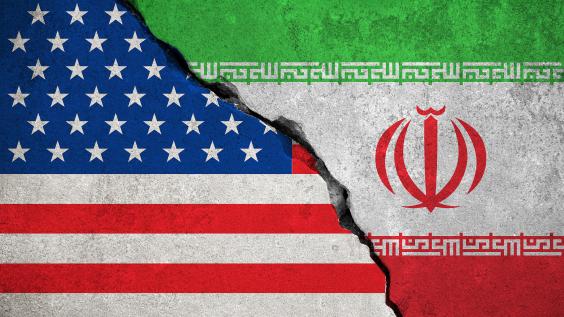
Table of Contents
Author(s)
President Donald J. Trump has withdrawn the United States from the Iran nuclear agreement. Announcing his decision, the president declared, “This was a horrible, one-sided deal that should never, ever have been made.”
The agreement – technically the Joint Comprehensive Plan of Action (JCPOA) – was concluded in 2015 under the Obama administration. Iran, the United States, the United Kingdom, France, China, Russia and Germany were party to the deal. While highly technical in detail, the JCPOA embodied a straightforward quid pro quo. Iran agreed to various limits on its nuclear program. In return, the United States, the EU and the UN would lift economic sanctions related to Iran’s nuclear program.
From the beginning, the JCPOA was controversial in the United States. Most Republicans opposed it. Donald Trump, as candidate and now as president, has been harshly critical of the agreement. Critics claim that the JCPOA’s “sunset” provisions — which limit key elements of Iran’s nuclear program for 10 or 15 years — merely defer the day when Iran will acquire nuclear weapons. Critics also claim that the absence of restrictions on Iran’s ballistic missile program undermines the usefulness of the JCPOA. Not least, critics believe that sanctions relief has enhanced Iran’s financial ability to pursue an expansionist regional policy.
In the region, Israel — under Prime Minister Benjamin Netanyahu — has repeatedly denounced the agreement. While less public in their opposition, certain Gulf Arab countries – notably Saudi Arabia – were clearly concerned that the JCPOA would bolster Iran’s power in the Persian Gulf and beyond.
Supporters of the agreement – and I am one of them – believe, in contrast, that the JCPOA, however imperfect, substantially and effectively defers Iran from producing a nuclear weapon for at least a decade. UN monitors have repeatedly certified that Iran is in compliance with the nuclear deal. All other signatories to the agreement — including European allies — continue to support the JCPOA.
Trump’s decision may not — note the “may” — spell the immediate end of the nuclear deal. No other parties to the agreement are likely to re-impose sanctions. The Treasury Department has issued guidance suggesting 90- and 120-day “wind-down” periods for the re-imposition of sanctions. Will exemptions be granted? Especially critical are so-called “secondary sanctions” against foreign companies – including European ones — doing business with Iran. Another important factor is the reaction of the Iranian government. Will it move promptly to withdraw from the agreement? Or will Tehran take a “wait and see” attitude, gauging the economic effect of the re-imposed sanctions before making an irreversible decision to exit the JCPOA?
U.S.-Iranian relations are — to put it charitably – frosty. The Trump administration and its allies in the region, especially Israel and Saudi Arabia, see Iran as a would-be regional hegemon expanding its power in places like Syria and Yemen. Were Iran to withdraw from the nuclear deal, eject UN inspectors and accelerate its nuclear program, the possibility of a U.S. and/or Israeli strikes against Iran’s nuclear facilities would rise substantially, with unpredictable consequences in the region.
Beyond the Middle East, the president’s decision will surely complicate negotiating some sort of nuclear deal with North Korea. Any long-term agreement with Pyongyang will be tough to achieve under the best of circumstances. Doing so in the aftermath of Trump’s decision on the JCPOA will be even more difficult. At a minimum, Pyongyang will look at any U.S. commitments as subject to revision, even reversal. U.S.-European relations, already ruffled by Trump’s threat to impose tariffs on steel and aluminum, will likely deteriorate further.
Whatever happens now, one thing is certain: for better or for worse, Trump is putting his personal mark on U.S. foreign policy in the Middle East.
Joe Barnes is the Bonner Means Baker Fellow at the Baker Institute. From 1979 to 1993, he was a career diplomat with the U.S. State Department, serving in Europe, Africa, the Middle East and South Asia.
This material may be quoted or reproduced without prior permission, provided appropriate credit is given to the author and Rice University’s Baker Institute for Public Policy. The views expressed herein are those of the individual author(s), and do not necessarily represent the views of Rice University’s Baker Institute for Public Policy.
